How Much Is Homeowners Insurance? Average 2025 Rates
Learn the average homeowners insurance cost in 2025, why rates are rising, and how to find the right coverage to protect your home.
Homeowners Insurance Costs in 2025: What You’ll Pay on Average

Owning a home is one of life’s biggest milestones, but it also comes with responsibilities. Among them, homeowners insurance is essential for protecting your most valuable asset from unexpected disasters, accidents, or theft.
Yet, as costs fluctuate each year, many homeowners are asking the same question: how much is homeowners insurance in 2025?
Let’s take a closer look at average prices, what determines them, and how you can manage your premiums without compromising coverage.
The national average for 2025
According to recent market data, the average cost of homeowners insurance in the U.S. in 2025 is around $1,750 per year, or about $145 per month.
That represents an increase of roughly 6% compared to 2024, continuing a steady upward trend seen over the past few years.
However, averages only tell part of the story. Rates vary widely based on where you live, your home’s value, the level of coverage, and even your credit history.
In high-risk areas, such as coastal regions or states prone to wildfires, premiums can easily exceed $3,000 annually.
Why are rates rising?
Several key factors are driving higher insurance rates in 2025:
- Climate change and natural disasters: more frequent hurricanes, floods, and wildfires are increasing claim volumes, leading insurers to adjust premiums to manage risk;
- Rising rebuilding costs: inflation in construction materials and labor has made it more expensive to repair or rebuild homes after damage;
- Reinsurance costs: Insurers themselves purchase insurance to cover catastrophic losses. These “reinsurance” expenses have climbed sharply, contributing to higher consumer premiums;
- Regional risk reassessments: companies are using more detailed climate and risk modeling to refine pricing by ZIP code, meaning even neighboring communities can face very different costs.
In short, insurers are adapting to a more volatile environment and homeowners are feeling the financial impact.
How do rates vary by state?
The difference from one state to another can be dramatic. Homeowners in Florida are paying the highest premiums in the nation, with annual costs often exceeding $3,500 due to hurricane exposure. In California, wildfire risks have pushed the average premium to nearly $2,900.
Texas follows closely, largely due to hail and storm claims, while states like Illinois, Pennsylvania, and Ohio maintain rates closer to the national average.
Interestingly, some regions that were once considered low risk are now experiencing rate adjustments because of shifting weather patterns.
Midwest homeowners, for example, are seeing modest increases as insurers account for more frequent storms and flooding.
What determines the price of your policy?
While location is a major factor, it’s not the only one. The value of your home and its replacement cost are central to the calculation.
A larger or more expensive property naturally costs more to insure because rebuilding it would require greater resources.
Your home’s age and condition also play a role. Older homes may have outdated electrical systems or roofs nearing the end of their lifespan, both of which increase risk.
The insurer will also consider your claims history, if you’ve filed multiple claims in recent years, your rate could rise.
Even personal factors come into play. In many states, credit based insurance scores influence pricing, as data shows a correlation between credit management and claim frequency.
Homes equipped with modern safety features, like fire alarms, leak detectors, and security systems, tend to qualify for small discounts, as they reduce the likelihood of loss.
Final thoughts
The average homeowner’s insurance premium in 2025 reflects more than just inflation, it’s a signal of broader economic and environmental change.
As rebuilding costs rise and climate risks intensify, insurers are adapting their models, and homeowners must adapt too.
The key takeaway? Don’t treat your policy as a fixed expense. Reassess, compare, and stay proactive. A well-chosen homeowners insurance policy doesn’t just protect your house, it protects your financial future.





